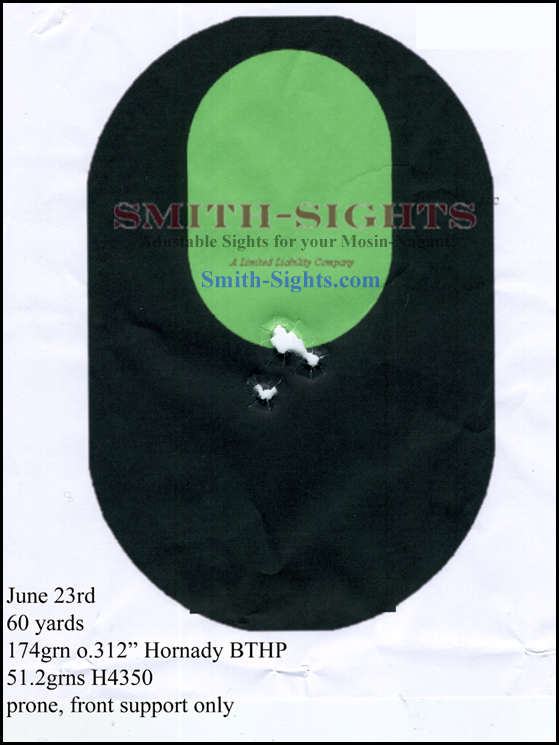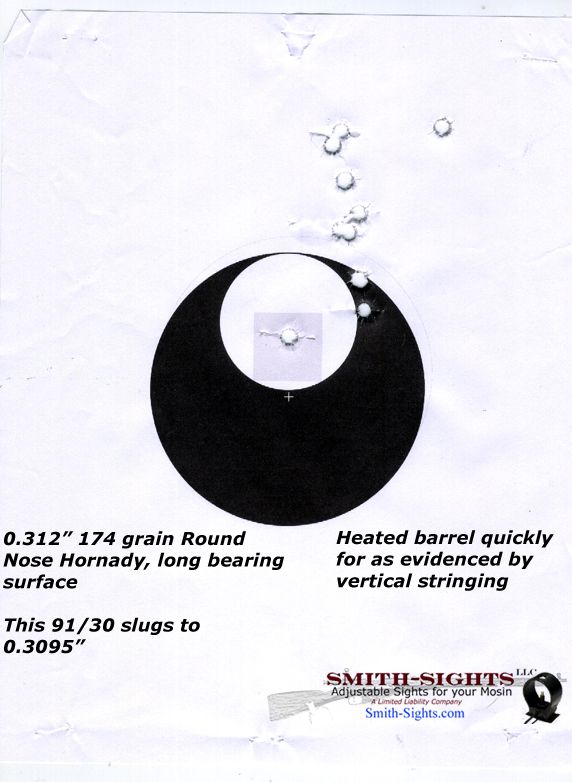Hello,
If you have NPOA down, think to yourself for each shot, "inhale, exhale, front sight, press". If your eyes begin to fatigue, look at grass, or anything else green.
Press the trigger within 3 seconds of exhale -- if you're in good shape. Make it 1 second if you have breathing issues. On natural respiratory pause eyesight degrades very quickly due to lack of oxygen.
When groups degrade, go back to the basics.
You might consider the load, as has been mentioned. I love playing around with handloads for surplus rifles. A typical group may look like this:

On the other hand, the same bullet weight with a round nosed bullet and a large bearing surface killed all precision save for the first shot:

See how, in this second target, the first shot was dead on, and then the next nine shots strung perfectly? I shot the first five shot group, then let the barrel cool down for a few minutes, and then fired another five. The second string of five shots superimposed itself almost perfectly over the first.
The only shot that went where it was supposed to was the cold bore shot.
When judging these targets and distance, please bear in mind that this is a Mosin-Nagant, that I was shooting with UNcorrected 20/60 vision, and was using open sights. (Shortly thereafter I tested my vision as targets just wouldn't resolve for me. Found it was twice as bad as last time I tested it, and got glasses. Those present their own challenges as the rear sight won't resolve now, darnit!)
I shoot precision with .22LR as I find it the most pleasant, and love watching the subsonic ammo fall into the same hole. When my shooting suffers with military surplus or any other centerfire rifle, I go back to rimfire and find out what I'm doing wrong. I turn the magnification all the way up to 14x (I think that's what it maxes at) and shoot at 100 yards. Any abnormality, even "micro-flinches," show up extremely well with small targets and high magnification.
Regards,
Josh
If you have NPOA down, think to yourself for each shot, "inhale, exhale, front sight, press". If your eyes begin to fatigue, look at grass, or anything else green.
Press the trigger within 3 seconds of exhale -- if you're in good shape. Make it 1 second if you have breathing issues. On natural respiratory pause eyesight degrades very quickly due to lack of oxygen.
When groups degrade, go back to the basics.
You might consider the load, as has been mentioned. I love playing around with handloads for surplus rifles. A typical group may look like this:

On the other hand, the same bullet weight with a round nosed bullet and a large bearing surface killed all precision save for the first shot:

See how, in this second target, the first shot was dead on, and then the next nine shots strung perfectly? I shot the first five shot group, then let the barrel cool down for a few minutes, and then fired another five. The second string of five shots superimposed itself almost perfectly over the first.
The only shot that went where it was supposed to was the cold bore shot.
When judging these targets and distance, please bear in mind that this is a Mosin-Nagant, that I was shooting with UNcorrected 20/60 vision, and was using open sights. (Shortly thereafter I tested my vision as targets just wouldn't resolve for me. Found it was twice as bad as last time I tested it, and got glasses. Those present their own challenges as the rear sight won't resolve now, darnit!)
I shoot precision with .22LR as I find it the most pleasant, and love watching the subsonic ammo fall into the same hole. When my shooting suffers with military surplus or any other centerfire rifle, I go back to rimfire and find out what I'm doing wrong. I turn the magnification all the way up to 14x (I think that's what it maxes at) and shoot at 100 yards. Any abnormality, even "micro-flinches," show up extremely well with small targets and high magnification.
Regards,
Josh

